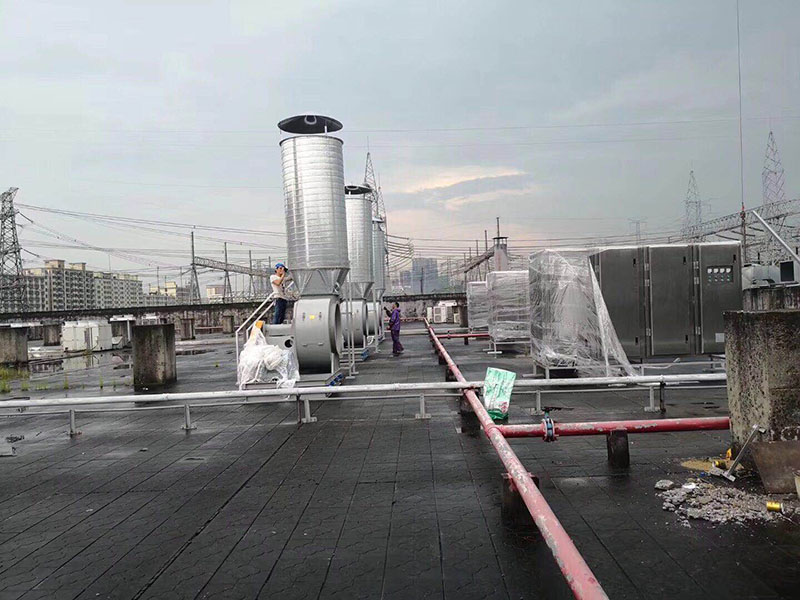4News&Media

Fans have a long history. More than 2,000 years ago, China, Babylon, Persia and other countries have used ancient windmills to lift water for irrigation and grinding grain. After the 12th century, windmills developed rapidly in Europe. As early as BC, China had already made a simple wooden rice huller, whose function principle was basically the same as that of modern centrifugal fans.
The first windmills were built in Western Asia, probably in Syria, in the 7th century. Strong winds in this part of the world almost always blow in the same direction, so these early windmills were built to face the prevailing winds. They did not look like the windmills we see today, but had vertical axes with wings arranged vertically, much like the merry-go-round installations with wooden horses.
The first windmills appeared in Western Europe at the end of the 12th century. Some believe that soldiers who took part in the Crusades in Palestine came home with information about the windmill. However, the design of the Western windmills is very different from the Syrian windmills, so they may have been independently invented. A typical Mediterranean windmill has a round stone tower and vertical fins mounted towards the prevailing wind. They are still used to grind grain.
In 1862, the British Gueibel invented the centrifugal fan, the impeller, the shell is concentric circular, the shell is made of brick, the wooden impeller is made of backward straight blades, the efficiency is only about 40%, mainly used for mine ventilation. In 1880, people designed a spiral shell for mine air supply, and a centrifugal fan with backward curved blades, and the structure has been relatively perfect.
In 1892, France developed a cross-flow fan; In 1898, the Irish designed the Sirocco type centrifugal fan with forward blades, and it was widely used by all countries. In the 19th century, axial fans have been used in mine ventilation and metallurgical industry, but its pressure is only 100 ~ 300 pa, the efficiency is only 15 ~ 25%, until the 1940s after the rapid development.
In 1935, Germany first adopted axial flow isobaric fans for boiler ventilation and ventilation; In 1948, Denmark made the axial flow fan with adjustable moving blade in operation; Rotational axial fans, meridional accelerated axial fans, oblique fans and cross-flow fans have also been developed.
In 1948, Denmark made the axial flow fan with adjustable moving blade in operation; Rotary axial fans, meridional accelerated axial fans, oblique fans and cross-flow fans; Clarage, founded in 1874, was acquired by the Twin Cities Wind Turbine Group in 1997, becoming one of the oldest wind turbine manufacturers to date, and the development of wind turbines has also made great progress.
